Please remember, if you need assistance or have any questions, call us on 0330 223 6336 or drop us an email at sales@defibworld.org
- Published:4 October 2024
It’s a scene we’ve all seen in TV dramas: someone collapses, the room goes silent, and a character pulls out a defibrillator, bringing them back from the brink. But in real life, things don’t play out as smoothly. What happens in those critical moments when no one knows what to do? What if that “someone” was standing right next to you?
Most of us don’t imagine ourselves in a life-or-death situation. But the truth is, cardiac arrest doesn’t care if you’re prepared or not—it just happens. And when it does, the most important tool isn’t always the device itself—it’s the person who knows how to use it.
The Human Element in Emergencies
Forget statistics and numbers for a moment. Think about the human connection. In an emergency, the biggest difference isn’t made by fancy technology but by people. People like you might be nearby when someone collapses, gasping for air or not breathing at all.
We hear stories all the time about bystanders who freeze up during emergencies—not because they don’t care, but because they don’t feel equipped to help. Imagine the weight of those seconds ticking by while waiting for an ambulance that’s still five minutes away. Training turns helplessness into action.
A Quiet Revolution in Saving Lives
There’s a silent revolution happening in communities around the world. It’s not headline-grabbing or viral on social media but quietly changing lives. It starts in classrooms, at community centres, in the workplace—places where people are learning how to use Automated External Defibrillators (AEDs) not just as machines, but as extensions of their own ability to care for others.
When people are trained, something shifts. They walk a little taller, knowing that they aren’t bystanders—they are potential lifesavers. These are the people who, in the heat of an emergency, can stay calm enough to take action.
Real Stories: When Training Became Action
In theory, it’s easy to talk about the importance of defibrillators, but let’s get real. Imagine someone like Janet, a school teacher in her mid-50s. She attended an AED training workshop, not thinking much of it then. It seemed like a precaution, something that might never be needed. But one day, a parent collapsed during a school event, and Janet didn’t hesitate. Her hands shook as she grabbed the AED, but she remembered the training. That parent survived.
Or think about Michael, a young security guard who’d just finished his certification. One evening, a colleague went into cardiac arrest. Michael didn’t wait for instructions—he knew what to do. His swift use of the AED bought precious minutes before paramedics arrived, and his colleague recovered.
These aren’t just stories—they’re reminders that training turns everyday people into everyday heroes.

- 4 October 2024
The Ripple Effect of Training
What makes AED training powerful isn’t just the immediate impact—it’s the ripple effect. A trained employee in a workplace can mean the difference between life and death for colleagues and customers, visitors, and even passersby. In public spaces, having a trained person nearby could be why someone’s heart starts beating again.
Communities that invest in AED training create environments of safety where everyone is part of the solution. It’s about more than just devices; it’s about building a culture where people care enough to prepare for the unexpected.
Forget the Fear of “Doing It Wrong”
One of the biggest reasons people hesitate to act is fear. Fear of doing it wrong, of making things worse, of being judged for not knowing enough. But here’s the truth: an AED is designed to guide you. The honest mistake is not trying at all.
Training isn’t about perfection—it’s about preparedness. It’s about knowing that you’ve done everything possible, even if the outcome is uncertain. Because in those critical moments, any action is better than standing still.
More Than Machines, It’s About People
At the end of the day, AEDs are just machines. What gives them life, what makes them powerful, is you. Defibrillators are essential, but without the people trained to use them, they’re just plastic and metal.
When we talk about AED training, we’re talking about something more significant: the quiet courage to act when it matters most. So maybe the question isn’t just about why training is essential, but why wouldn’t you want to be the person who can save a life?


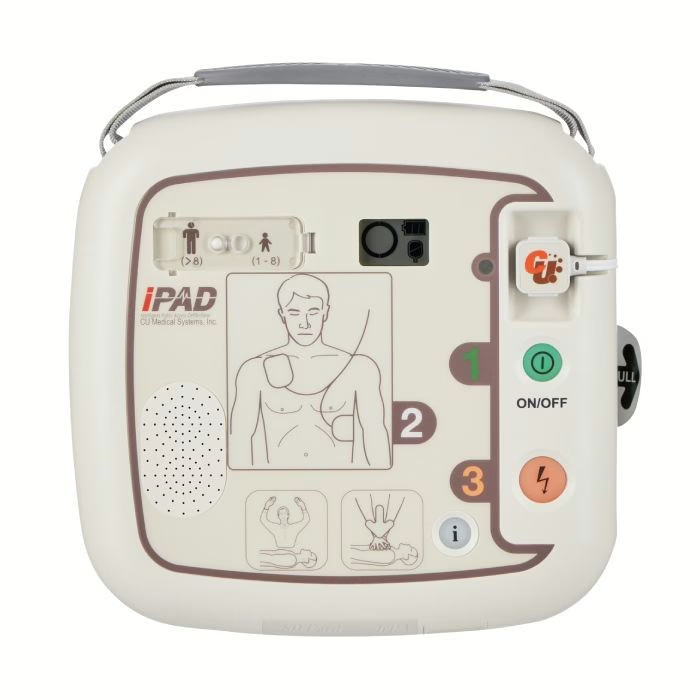

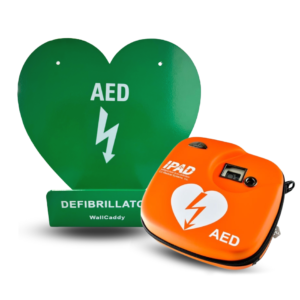

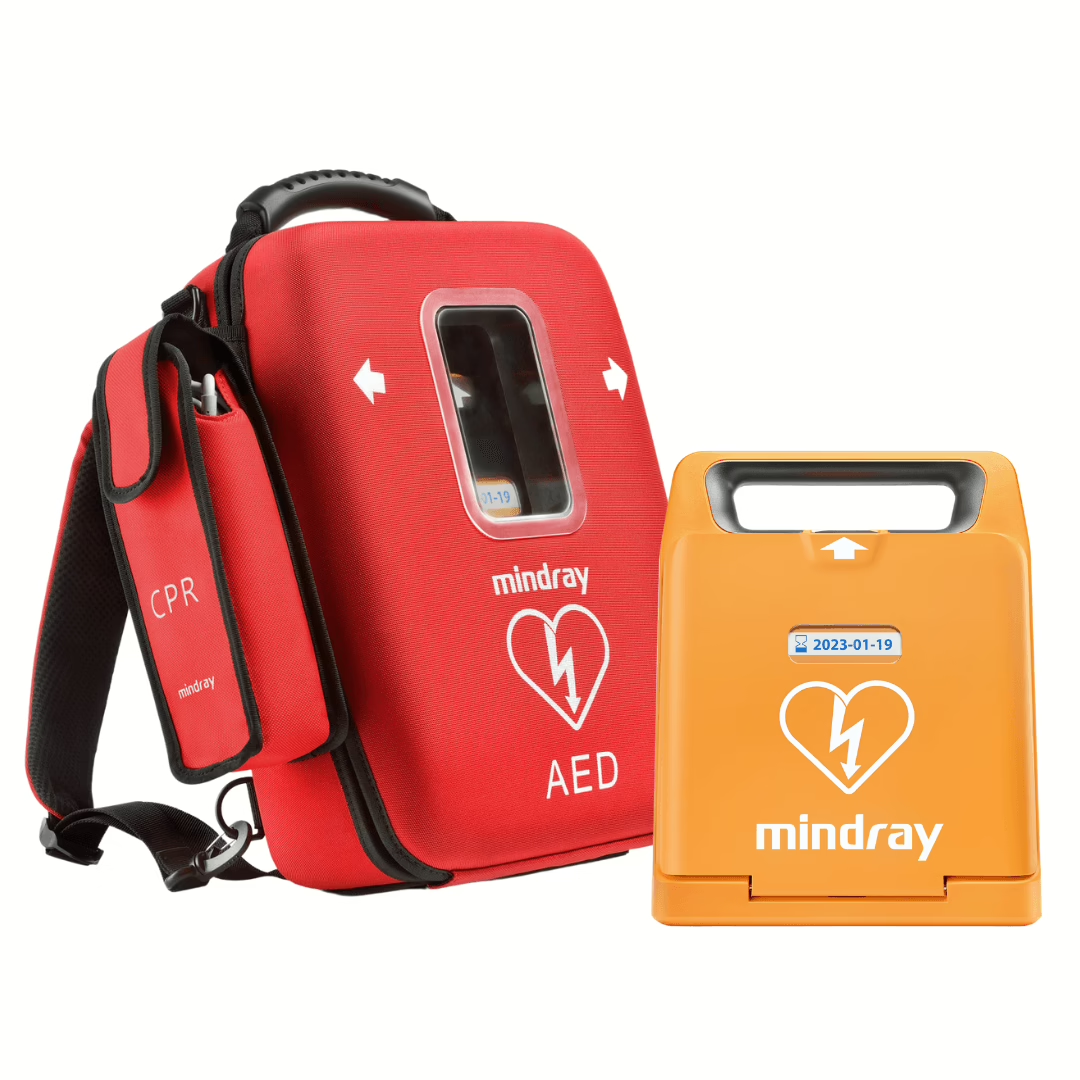



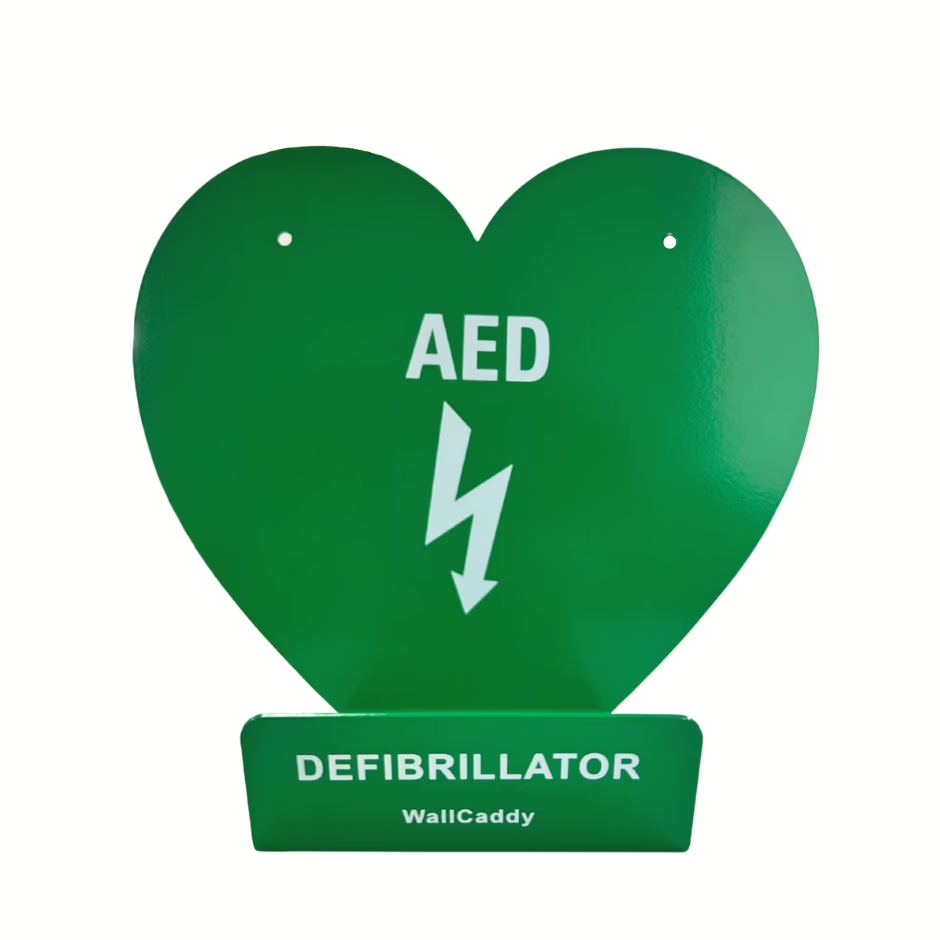
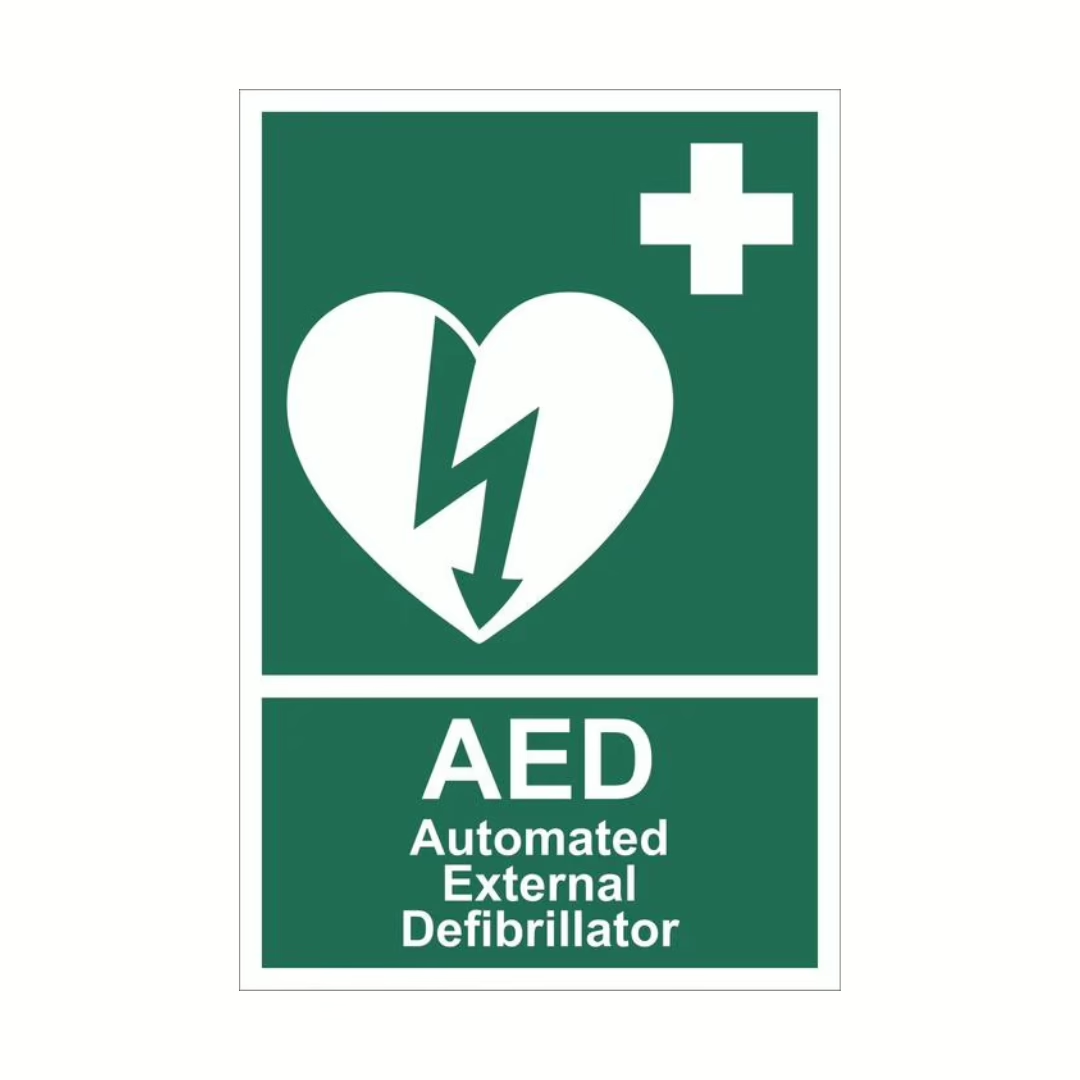

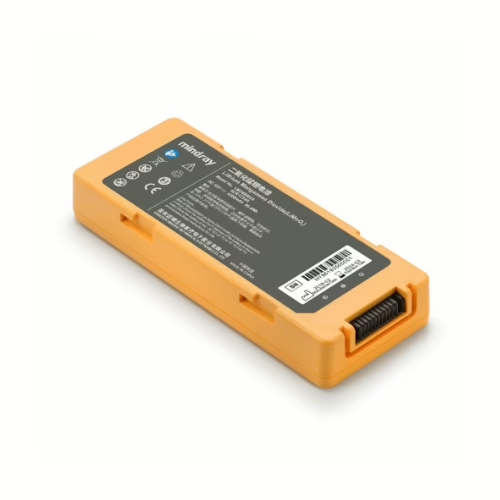
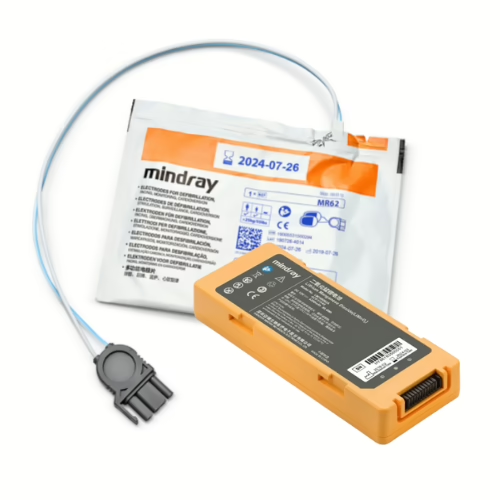
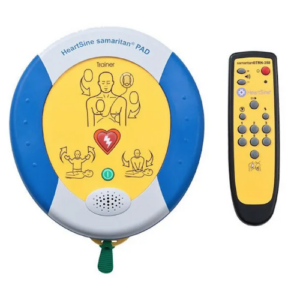


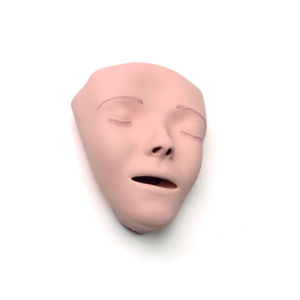
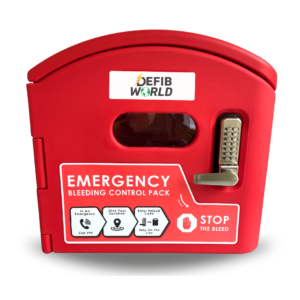
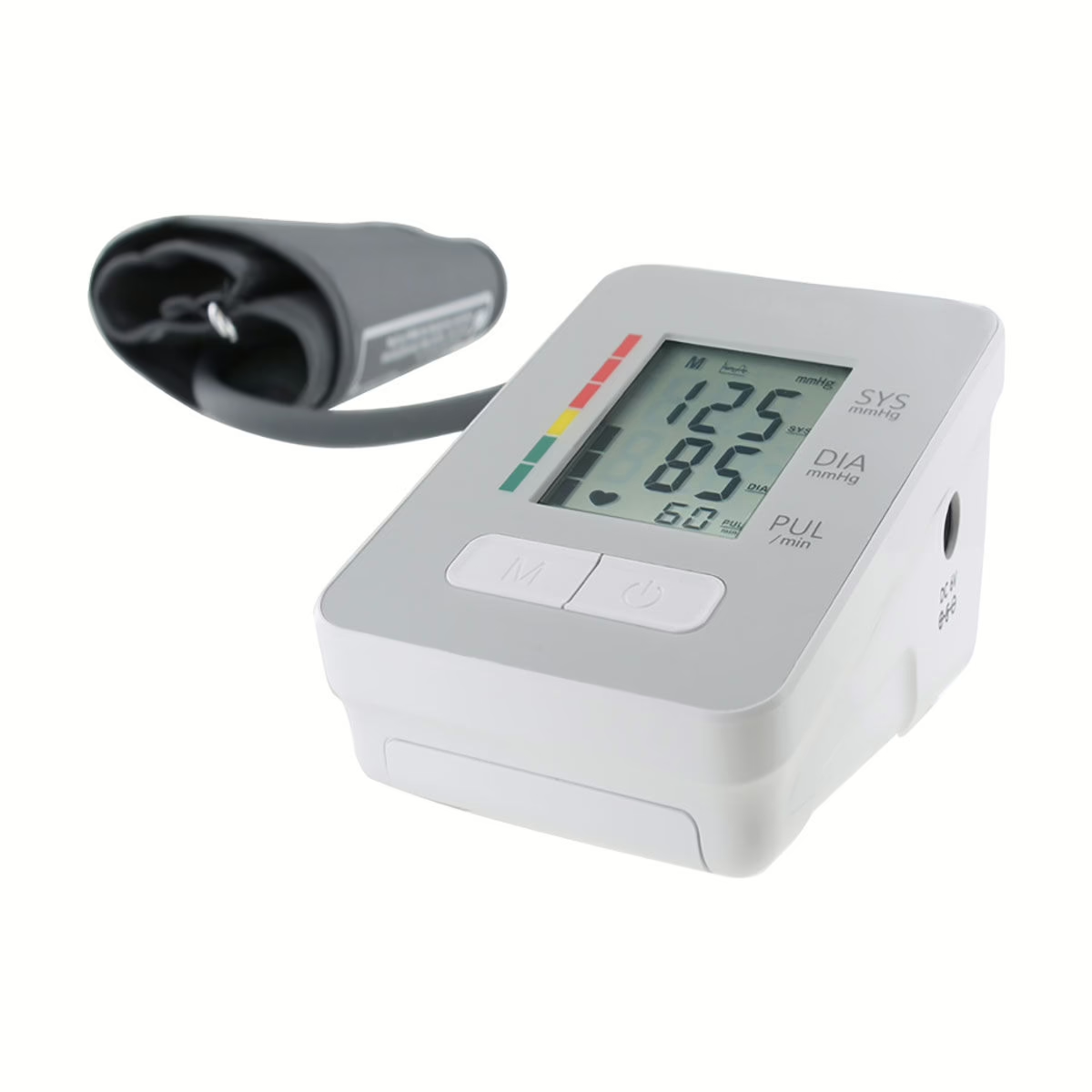


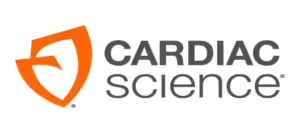
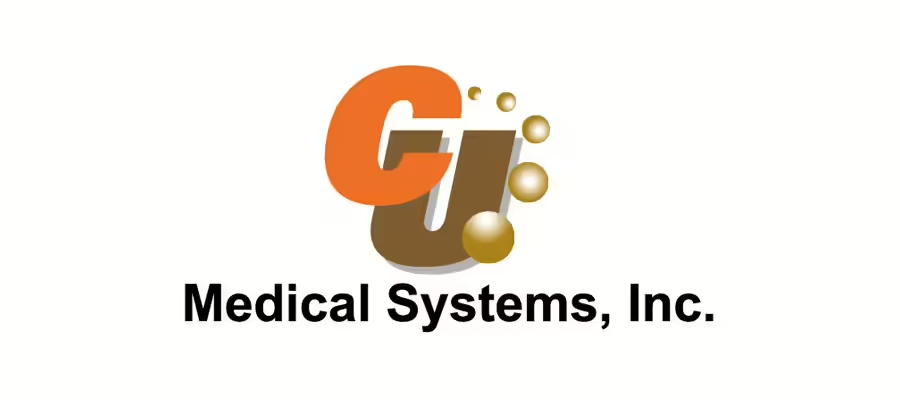











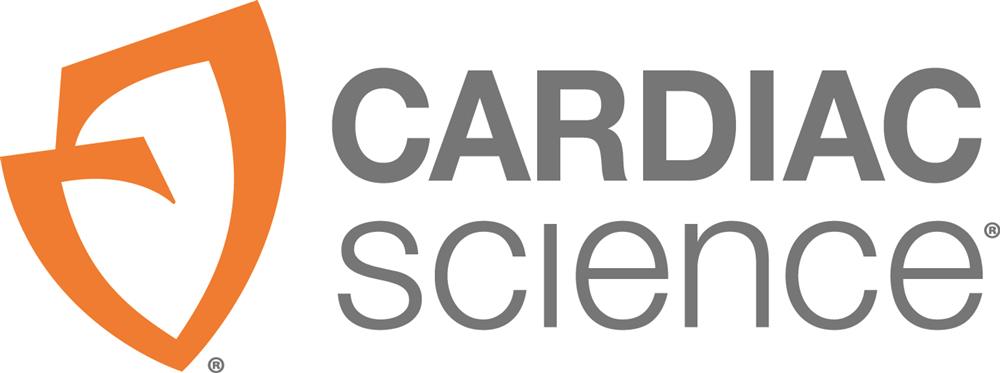
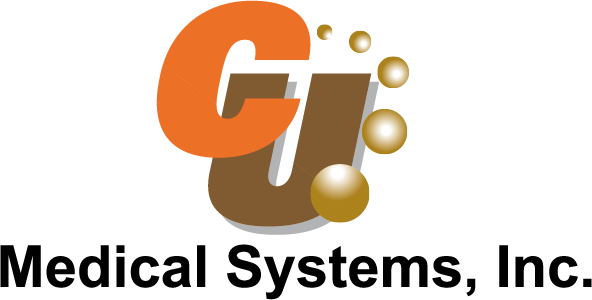
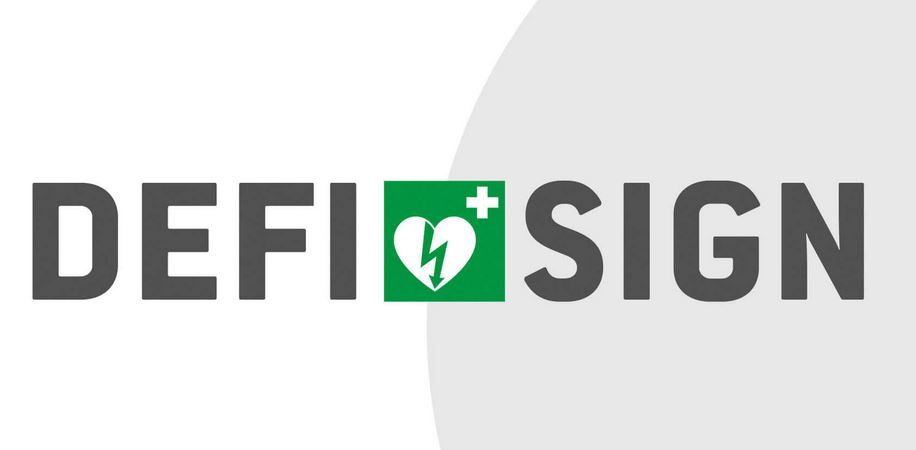




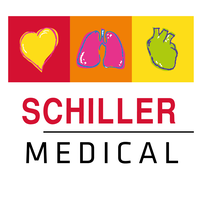







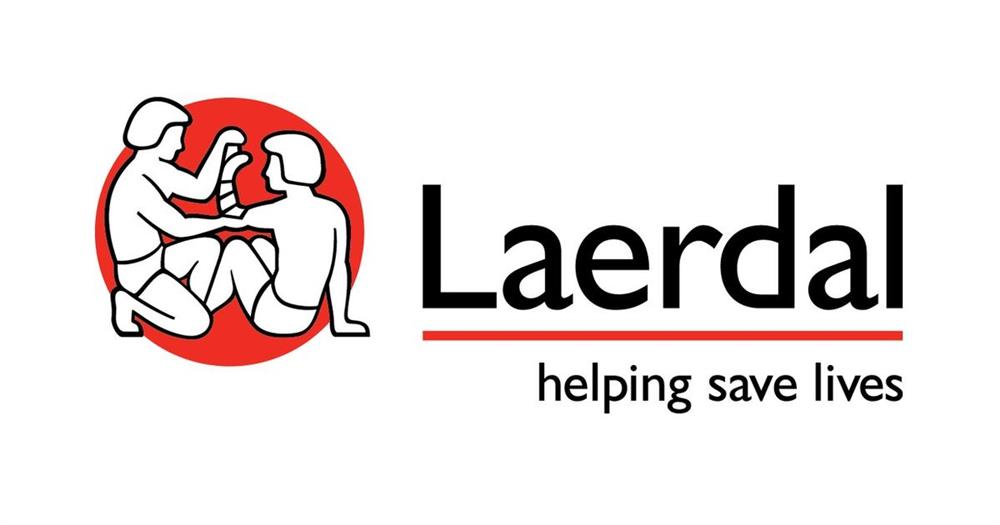

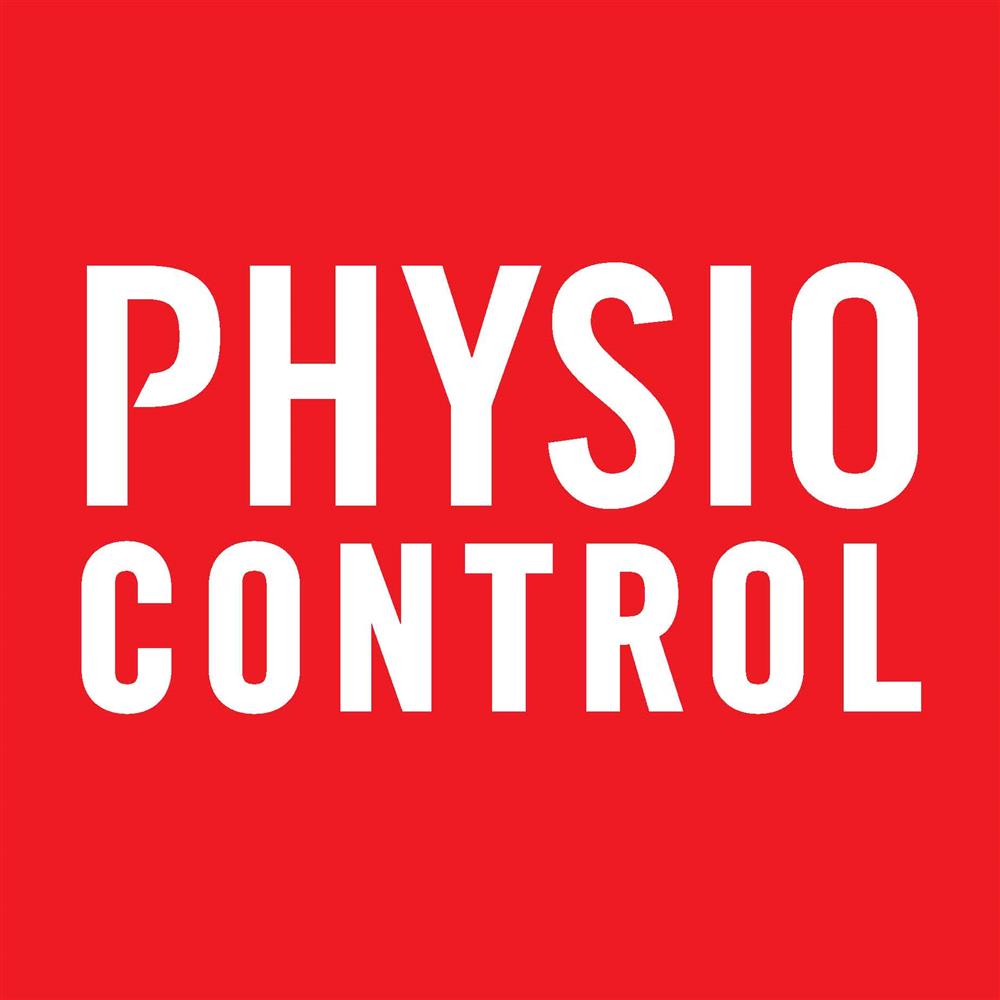
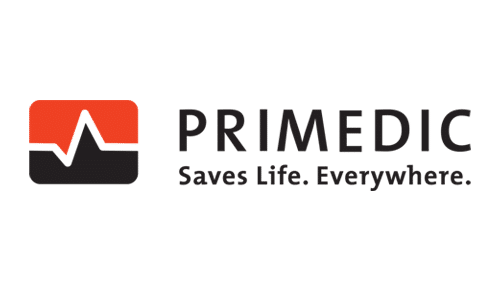


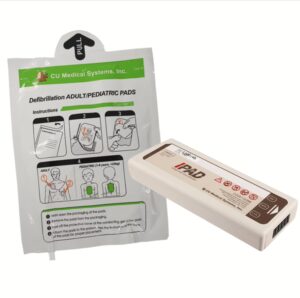
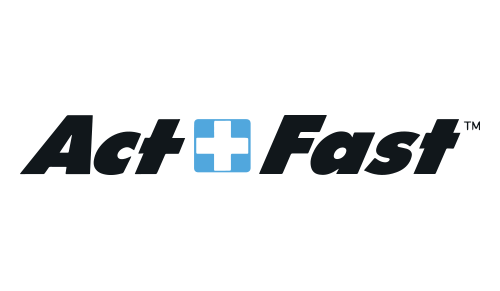








.jpg)




